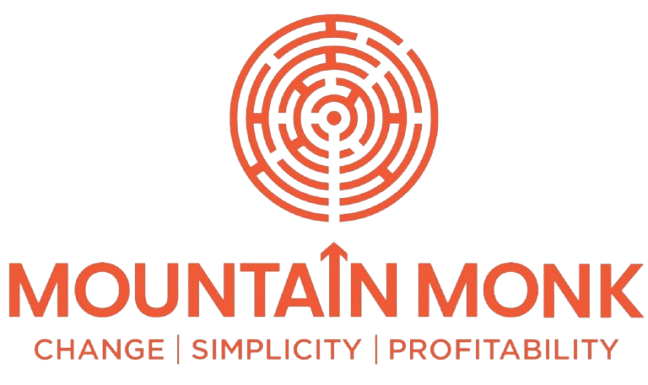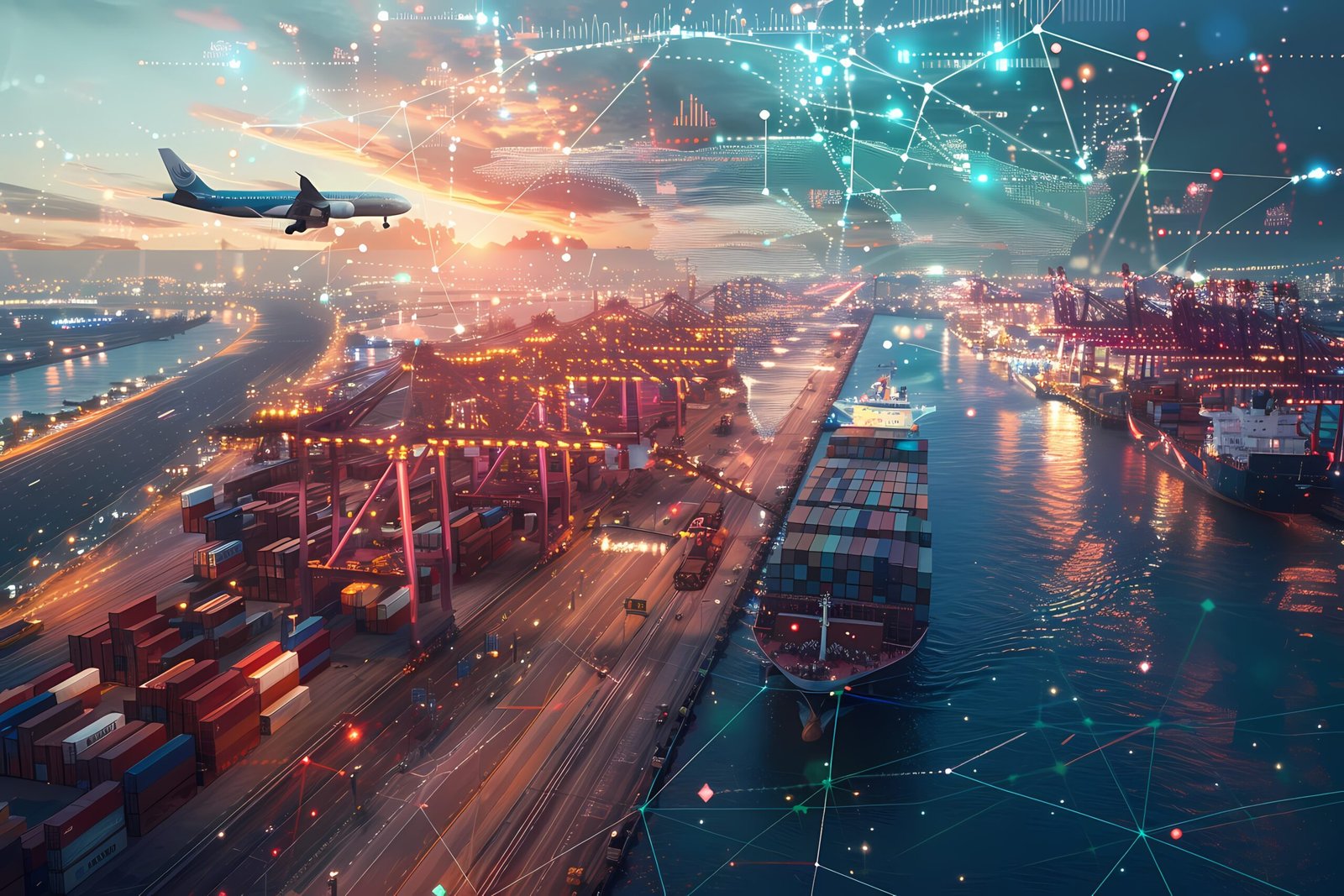As major economies prepare for the effects of growing trade disputes, we’re seeing a crucial shift in global trade patterns. The United States is putting new tariffs and trade limits in place causing supply chains to change. This shake-up brings risks, but it also gives India a chance to make a big impact.
At Mountain Monk Consulting, we think now’s the time for Indian companies to rethink their long-term plans. They have a shot at becoming world leaders in making things, providing services, and selling abroad.
The World Trade Scene Is Changing
By 2025, the U.S. has ramped up its protective trade measures. New tariffs affect over $100 billion of goods from China pushing big companies to look elsewhere. Vietnam Mexico, and Indonesia seem like good options, but India stands out. Its unique benefits are catching the eye of both businesses and government leaders.

According to BCG, global trade is being realigned not only due to tariffs but also because of national security concerns, ESG expectations, and the desire for resilient supply chains. As a result, large multinationals are actively shifting their sourcing and manufacturing bases.
What We Know from the Indian Market
- PLI Scheme Momentum: As of Q1 2025, India has secured total approved investment commitments of approximately $33–36 billion under the Production Linked Incentive (PLI) schemes across key sectors such as electronics, pharmaceuticals, textiles, and automotive.
- Exports Rising: India’s merchandise exports grew 5.5%–6.3% YoY according to the Ministry of Commerce, driven by sectors benefiting from global sourcing diversification.
- Tariff Reforms: India has rationalized over 300 tariff lines to promote ease of doing business and reduce cost inefficiencies.
- Infrastructure Investments: India plans to invest ₹11 lakh crore (~$132 billion) in logistics and connectivity under Gati Shakti, improving freight efficiency.
Industry Effects: The Big Winners and the Watchful Ones
India’s Opportunities for Rapid Expansion
- Electronics & Semiconductors: India’s electronics field can rise as the main global center receiving support from PLI schemes. This comes as the U.S. enforces 26% charges on goods from China. Experts see exports expanding by 35% yearly until FY26.
- Pharmaceuticals & APIs: India sending out more than 20% of the world’s generic medications, is snagging the Western market’s interest to lessen reliance on China.
- Textiles & Apparel: Holding already 4.6% of the world’s textile trades, India sets its sights on reaching $100 billion in textile shipments by 2030.
- Auto Components & EVs: Exports of auto parts from India, as per ACMA (Automotive Component Manufacturers Association of India), auto component exports were approximately $20.1 billion in FY24. Thanks to the worldwide switch to electric vehicles, they’re looking at a yearly growth rate of 18-20%.
- Specialty Chemicals: Industry analysts estimate India could reach around 6–8% market share in specialty chemicals by 2030, from the current 3–4%, depending on capacity addition and global substitution from China.
Industries with a So-So to Not-So-Great Effect
- Crude Oil & Natural Gas: India’s gotta watch out ’cause it gets more than 85% of its crude oil from other places. Price jumps and trade issues could shake things up.
- Heavy Capital Equipment: We’re not there yet with making our own stuff; we have to get over 30% of the stuff we need from another country.
- Telecom Hardware: We’re still relying on other countries for a lot of our telecom gadgets, with about 55–58% of telecom equipment was still imported, and China’s a big player in that game.
Indian businesses in these sectors need to invest in domestic innovation, joint ventures, and R&D to avoid long-term vulnerabilities.
India’s Rise as a Popular Trade and Production Destination
1. Population and Economic Magnitude
India became the world’s most populous country in 2023 with a working-age population expected to cross 900 million by 2030. This offers international companies a huge pool of labor and an ever-growing market of local buyers. India’s boost in business-friendly practices adds to its allure as a key hub for supply and demand.
2. Government Support and Changes in Duties
With the 2025 Union Budget, India’s government is focusing on streamlining the country’s import tariff setup. It’s about setting right the upside-down taxes in important areas like electronic goods, textile stuff, and making electric vehicles.
- Capital goods and raw materials now come with lower basic customs duty
- More than 14+ sectors now have access to Production Linked Incentive (PLI) schemes
- A huge boost for infrastructure is rolling out via PM Gati Shakti and Make in India 2.0
These changes are a big help for Indian companies to cut down on costs, up their profits, and step up their global game.
3. India vs. Vietnam Mexico, and Southeast Asia
Even though places like Vietnam and Indonesia have been pulling in FDI, they’ve got issues that India is getting a handle on:
| Factor | India | Vietnam | Mexico |
| Workforce size | ✅ Massive | ⚠️ Limited | ⚠️ Limited |
| Domestic market | ✅ 1.4B+ consumers | ❌ Export dependent | ⚠️ Moderate |
| Policy stability | ✅ Strengthening | ⚠️ Inconsistent | ⚠️ Politicized |
| Infrastructure investment | ✅ Aggressive | ⚠️ Lagging | ⚠️ Moderate |
| Language/tech fluency | ✅ English, IT-enabled | ❌ Barrier | ⚠️ Moderate |
India’s scale, policy depth, and digital-first mindset make it the most resilient long-term bet for global supply chain relocation.
What It Means for Business Leaders
Indian businesses must treat this moment not as a short-term shift, but as a decade-defining restructuring of global trade. Decision-makers across sectors should:
- Identify product lines where India enjoys tariff advantage and low-cost capabilities
- Build export readiness — certifications, global standards, ESG alignment
- Strengthen backward integration and local supply chains
- Double down on digital operations and compliance frameworks
How Indian Businesses Should Prepare
To capitalize on this window of opportunity, Indian enterprises — from MSMEs to large corporates — must shift from reactive to proactive strategies.
Rebuild Supply Chain Models
- Explore China+1 strategies and build diversified procurement pipelines.
- Evaluate sourcing from Southeast Asia while investing in domestic vendor capacity.
Focus on Product Differentiation & Quality
- Avoid price wars. Instead, invest in R&D, IP creation, and branding to move up the value chain.
Leverage Government Incentives
- Make full use of PLI schemes, SEZ benefits, and import duty credits to fund capex and increase production capacity.
Invest in Operational Excellence
- Improve systems in inventory management, cost control, and cash flow planning.
- Deploy data-driven decision-making and digital transformation.
Seek Strategic Consulting Partners
In volatile global conditions, navigating policy shifts, geopolitical risk, and tariff dynamics needs expert guidance. As one of the emerging leaders in strategic business consulting in India, Mountain Monk Consulting helps Indian businesses:
- Forecast tariff impacts on cost structures
- Redesign global sourcing strategies
- Execute transformation plans for export-readiness and profitability
Conclusion: The Time for Indian Enterprises Is Now
Tariffs may be disrupting trade for now, but they are also reshaping the global business map. India, with its scale, reforms, and strategic location, is fast emerging as a key node in the new world order of trade and manufacturing.
At Mountain Monk Consulting, we believe that businesses which invest boldly and smartly today will become the global champions of tomorrow.
If you’re ready to build a future-proof strategy amid these global changes, let’s talk.





